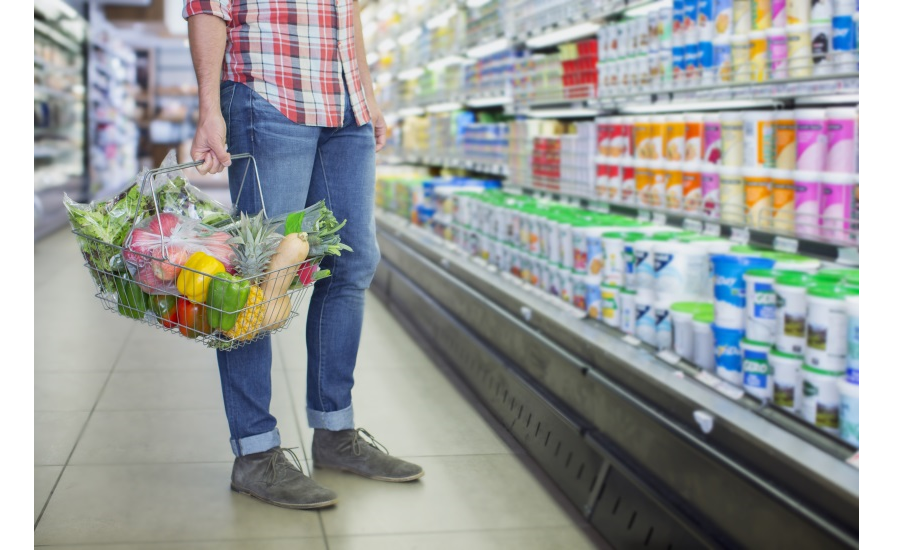In the food and beverage market, interesting packaging designs, shapes and materials may catch the eye of shoppers perusing the shelves, but it’s not the sole element driving purchasing decisions. Customer expectations for the way goods are packaged is evolving. Understanding this expectation will enable brands to offer a strong value proposition that customers can’t resist.
In fact, according to Asia Pulp & Paper’s “2017 Paper & Packaging Consumer Trends Report,” nearly one in three consumers agree they are more likely to shop with a brand that offers sustainable packaging over brands that don’t. More importantly, one in four agreed they’re willing to spend more for these sustainable options.
With developments such as the growth of e-commerce, the food and beverage market is changing rapidly. This presents an opportunity for brands to tap into buyers’ sustainability preferences to build loyalty – and ultimately see a boost in their bottom line.
The issues with waste
Packaging waste is certainly top of mind for brands as they address their sustainability programs. Everyday shoppers’ concerns are also changing, with more than half (51%) of consumers considering packaging waste an important environmental issue, and the same percentage agreeing sustainability of paper-based packaging is more important to them today than it was five years ago. For those consumers, their environmental consciousness leads purchasing decisions toward products that won’t leave behind an excessive amount of unrecyclable packaging waste.
The Environmental Protection Agency (EPA) reports that packaging and containers account for more than 23% of the materials landfilled in the United States. With only six in ten (58%) of Americans reporting that they are confident in their ability to decipher what can and can’t be recycled, there’s plenty of room for mistakes –making it no surprise that landfills are rapidly being filled.
Awareness is key to minimizing these issues, and sustainable action shouldn’t be a guessing game. Packaging materials that are easily recyclable or otherwise sustainable keep consumers’ expectations aligned with brand values. Shoppers are calling for biodegradable packaging as earth-friendly innovations to reduce waste from everyday objects. Biodegradable paper packaging has the capability to fully decompose within as little as 12 weeks, providing an alternative to the confusion of recycling.
The value
Businesses have long considered sustainability an investment in corporate social responsibility, and not necessarily the bottom line. Today, data shows that the switch to sustainable practices can significantly benefit revenue. The “2017 Paper & Packaging Consumer Trends Report” found that one-quarter of all Americans agree they are willing to pay more for products with sustainable features. Among those consumers, 52% noted they would pay more than 10% more for such products. Even more, one in four (28%) expressed a willingness to pay 21-30% more.
Of all consumers, millennials are most aligned with paying more for products with sustainable attributes. Three in 10 millennials, whose purchasing preferences will shape the packaging industry for decades to come, indicated a willingness to pay up to 30% more for sustainably packaged products.
How can brands use this information to inform their next steps? Ensuring that packaging is sustainably sourced and made from earth-friendly materials not only supports the environment but has the power to increase brand loyalty and recognition. Increased shopper loyalty paired with a willingness to pay more for sustainable products can positively impact the bottom line.
Call to action
Recycling remains the ideal path for packaging products, but developments in other areas of sustainability are making eco-friendly alternatives in the event recycling isn’t an option. While consumers have always felt good about recycling, increased discussion about environmental conservation is making the sustainable standard commonplace. What was once a customer incentive is transitioning to a customer expectation.
Brands should consider the investment in sustainable packaging as not just the responsible choice, but the most business savvy, and treat sustainability as an important value proposition. Developments in sustainable packaging are providing new, innovative options to meet this growing customer demand.
For more information, go to: asiapulppaper.com


